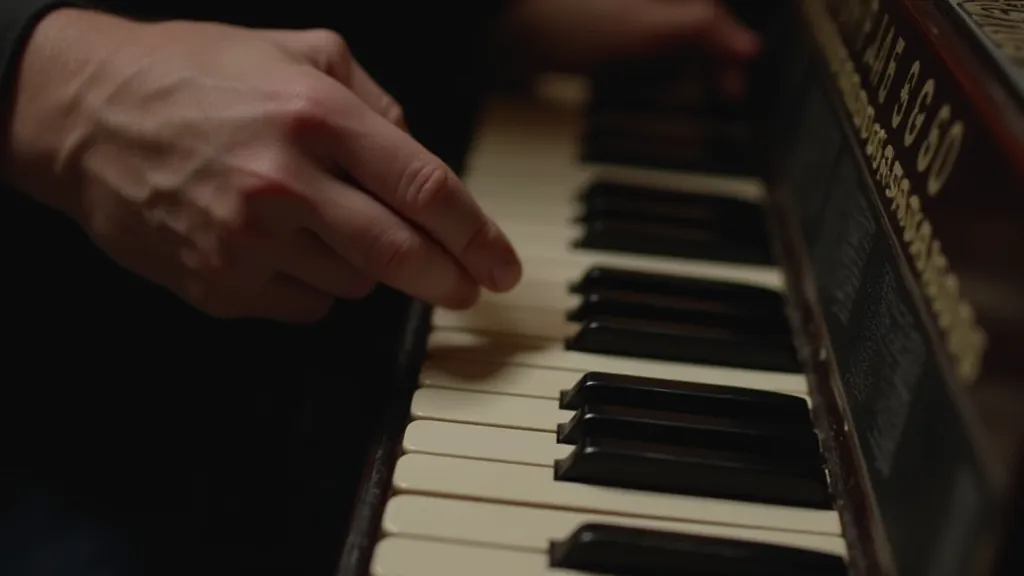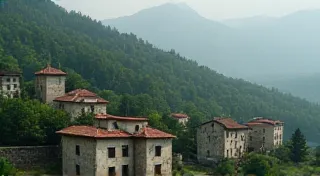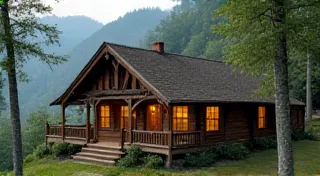The Riverstone's Song: Finding Rhythm and Resistance in Fractured Regional Voices
Imagine holding an antique accordion. Not a shiny, factory-fresh instrument, but one worn smooth by decades of hands, its bellows sighing a faint memory of dances long past. The wood, perhaps cherry or maple, bears the marks of travel – small scratches, a faded varnish, a silent testimony to a life lived outside the grand concert halls. The keys, once ivory, are now pale and slightly discolored, each one a portal to a vanished world of music and emotion. That’s how I often feel when I delve into regional storytelling traditions. Not a singular, harmonious melody, but a collection of fragmented notes, each carrying its own weight of experience, its own echo of loss and resilience.
Regional stories aren’t usually neat narratives. They are, more accurately, a palimpsest – layers of voices superimposed upon one another, often obscuring earlier narratives while simultaneously enriching the whole. These voices represent different generations, social classes, ethnicities, and experiences. They speak of triumphs and tragedies, of oppression and liberation, of the mundane and the miraculous. But more often than not, they speak *around* the central truth, masked by code, by euphemism, by the necessity of survival. This is a phenomenon seen across cultures and continents, from the subtle nuances of storytelling in Quebec to the dramatic folklore of the Scottish Highlands.

The Weight of Silence and the Strength of Echoes
I grew up in the Appalachians, a region steeped in folklore and shadowed by a complicated history. My grandmother, a woman of few words, was a repository of countless stories – not told directly, mind you, but woven into the fabric of her daily life. The way she stirred a pot of stew, the specific herbs she used, the lullaby she hummed – these were all fragments of larger narratives, stories about her own mother, about the coal mines that defined the community, about the enduring spirit of a people struggling to maintain their identity in the face of relentless economic and cultural pressures.
The silence surrounding these stories wasn’t born of malice. It was a form of protection. Speaking openly could have brought unwanted attention, prejudice, or even danger. These narratives were passed down through subtle cues, through shared glances, through the careful preservation of family heirlooms – a quilt stitched with coded symbols, a battered harmonica, a chipped porcelain doll. It’s in these fragments, in these whispered secrets, that the true heart of the regional story resides. The challenge for the writer, then, is to piece these fragments together, not to force them into a tidy resolution, but to honor their inherent complexity. The skill lies in understanding how these silences, these omissions, themselves shape the narrative, creating a layered and often ambiguous picture of the past. This intricate interplay of silence and storytelling is a common theme found in other cultures’ folklore as well, and provides invaluable insight into the history of communities everywhere.
Craftsmanship and the Narrative Palimpsest
Consider the craftsmanship of an antique accordion. A master artisan painstakingly fitted each piece of wood, soldered each valve, and tuned each reed. The instrument is the result of countless hours of labor, a testament to the skill and dedication of a single individual. Yet, over time, the instrument has been modified, repaired, and adapted to suit the needs of its various owners. Scratches appear, keys are replaced, bellows are patched – each alteration adding another layer to the instrument's history.
Regional storytelling operates on the same principle. Each generation adds its own layer of interpretation, its own perspective, its own revision to the shared narrative. This isn’t a process of decay; it’s a process of evolution. The stories adapt to changing social and political climates, reflecting the anxieties and aspirations of the people who tell them. The craftsman leaves his mark, but the instrument’s journey is not his alone. The echoes of the original maker might still resonate within the instrument, but they are intertwined with the history of those who subsequently played it, repaired it, and cared for it. Similarly, the narratives we inherit are never static; they are constantly reinterpreted and reshaped by the voices of succeeding generations, reflecting evolving societal norms and understandings.
Embracing Dissonance: Polyphony and Shifting Perspectives
The temptation, when faced with a fractured regional narrative, is to seek unification, to smooth out the rough edges, to create a story that is easily digestible and emotionally satisfying. But that would be a betrayal of the material. The power of these stories lies in their dissonance, in their refusal to offer easy answers. It is our job as writers to amplify the voices that have been marginalized, to create space for dissenting perspectives, and to portray the complexities of regional identity with honesty and nuance.
Experimental narrative forms, such as polyphony – the use of multiple, independent voices – and shifting perspectives, can be powerful tools for achieving this goal. Rather than presenting a single, authoritative narrative voice, the writer can allow different characters to tell their own versions of the story, creating a tapestry of conflicting viewpoints. This approach can reveal the hidden tensions within the community and challenge the reader's assumptions about the past. Consider, for example, how the legends of the Scottish Highlands utilize multiple perspectives to weave intricate tales of ancient clans and mythical creatures.

The Accordion's Restoration: A Metaphor for Narrative Reconstruction
The restoration of an antique accordion is a delicate process. The restorer doesn’t try to erase the instrument’s history; instead, they work to preserve its integrity, to repair the damage without compromising its character. They carefully clean and polish the wood, replace missing parts with accurate replicas, and re-tune the reeds. The goal isn’t to return the instrument to its original condition, but to make it playable again, to allow it to once again sing its song.
Similarly, when reconstructing a fractured regional narrative, the writer doesn’t attempt to create a false sense of unity. They embrace the contradictions, the ambiguities, and the silences. They recognize that the story is not a fixed entity, but a living, breathing organism that continues to evolve over time. The true skill lies not in forcing a resolution, but in allowing the voices to resonate, to clash, and to ultimately reveal the richness and complexity of the regional experience. This process demands not only meticulous research but also a profound respect for the nuances of human experience, recognizing that truth is often found not in a single, definitive account but in the confluence of multiple, often conflicting, perspectives.
Beyond Unification: Celebrating Difference
Ultimately, the most valuable lesson that regional storytelling traditions can teach us is the importance of celebrating difference. The fractured nature of these narratives is not a weakness; it’s a source of strength. It’s in the clash of voices, in the friction between perspectives, that we find the most profound insights into the human condition. Consider, for instance, the potent folklore of the Balkans, a region rich with layered stories of vampires, djordje, and ancient spirits – a testament to the enduring power of oral tradition and cultural diversity. The intricate web of narratives from places like the Balkans, or the nuanced storytelling traditions of Kerala, India, highlight the importance of embracing the complexities that arise from diverse cultural backgrounds. Even seemingly disparate tales, such as those found in Kerala, India, offer windows into universal themes of identity, struggle, and resilience.

The echoes of past generations reverberate through these narratives, creating a rich tapestry of voices and perspectives. It’s a reminder that truth is not always straightforward, and that understanding often comes from embracing complexity. The challenge for the writer, and indeed for all of us, is to listen carefully, to observe keenly, and to honor the power of the stories that shape our world.





